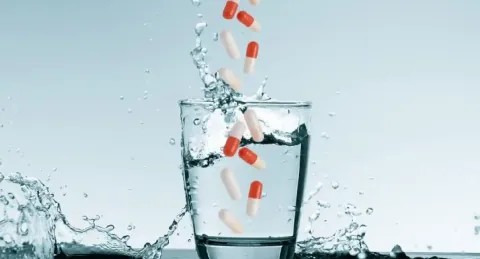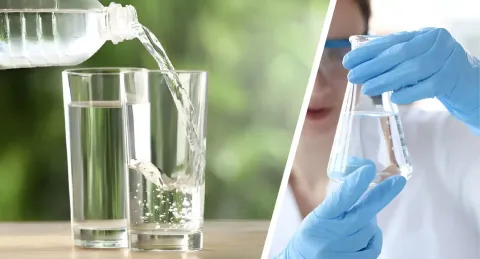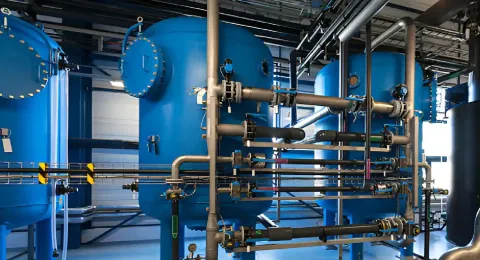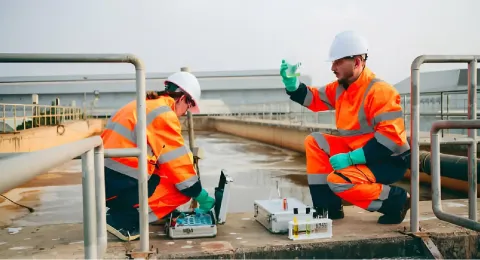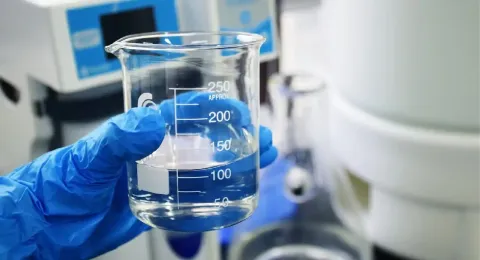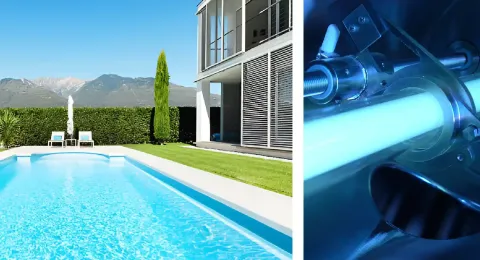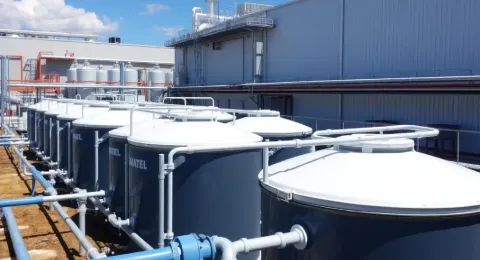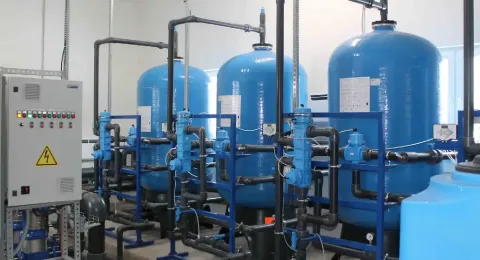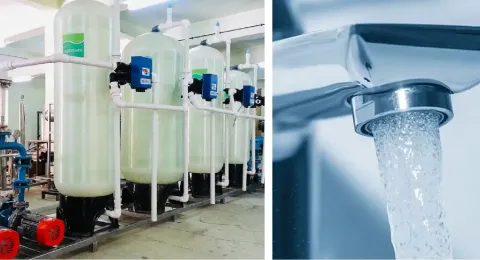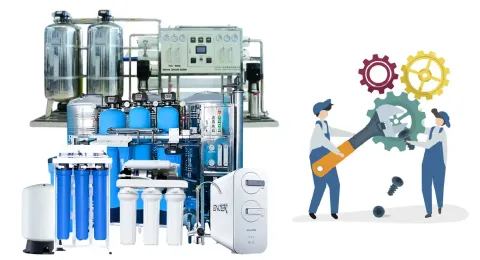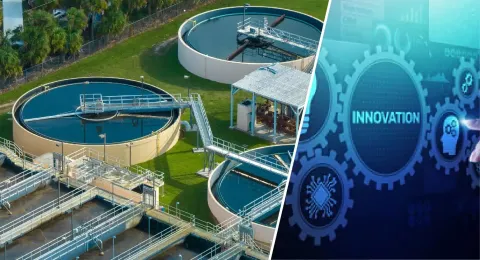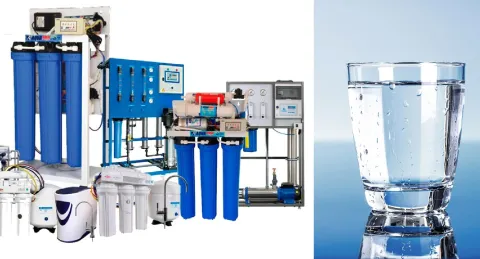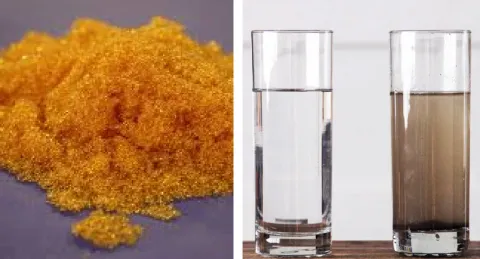Water quality and
access are critical concerns for households across various settings, but urban
and rural areas face distinct challenges that necessitate tailored water
filtration solutions. In urban areas, high population density and
infrastructure influence water needs, while rural areas often deal with
different sources and types of contamination due to the reliance on well water
or other local sources. Understanding these differences can help in selecting
the most effective water filtration system for your specific environment.
Urban Water Filtration Solutions
Urban areas
typically have centralized water systems managed by municipal water utilities.
However, despite the advancements in water treatment, urban water supplies can
still face challenges related to contaminants and aging infrastructure. Here’s
how to address these concerns:
**1. Common Contaminants:
• Chlorine
and Chloramine: Municipal water systems often use chlorine or chloramine to
disinfect water. These chemicals can cause taste and odor issues, and some
people prefer to remove them for better-tasting water.
• Lead and
Heavy Metals: Aging pipes in urban infrastructure can leach lead and other
heavy metals into the water supply. Although water treatment plants aim to
remove these contaminants, residual levels may still be present.
Microbial
Contaminants: While municipal water is generally treated to
remove microbial contaminants, there’s always a risk of occasional breaches or
contamination.
**2. Recommended Filtration Solutions:
• Activated
Carbon Filters: These are effective at removing chlorine, chloramine, and
organic compounds that affect taste and odor. They are available in various
forms, including pitcher filters, faucet mounted filters, and under-sink
systems.
•Reverse
Osmosis Systems: RO systems are excellent for removing a wide range of
contaminants, including heavy metals, fluoride, and other dissolved solids.
They provide high-quality purification but require regular maintenance and
filter changes.
• Point-of-Use
(POU) Filters: These systems are installed at specific water outlets (e.g.,
kitchen faucet) and can be effective for addressing specific water quality
concerns without the need for whole-house systems.
• UV
Purifiers: For those concerned about microbial contaminants, UV purifiers
can be an additional layer of protection. They are especially useful for
eliminating bacteria and viruses that may occasionally make their way through
municipal systems.
**3. Additional Considerations:
• Water
Quality Reports: Urban residents should regularly review their municipal
water quality reports, which are often available online. These reports provide
information on potential contaminants and can help tailor the choice of
filtration system.
Plumbing Inspections: Given the
potential for lead and other issues from old pipes, homeowners should consider
inspecting their plumbing and potentially adding a filter that targets specific
contaminants.
Rural Water Filtration Solutions
Rural areas often
rely on private wells or local water sources, which can present unique
challenges compared to urban systems. The quality of well water can vary
significantly based on local geology, agricultural activities, and other
factors.
**1. Common Contaminants:
• Sediments
and Particles: Well water can contain sediment, sand, and other particulate
matter, which may require filtration to ensure clean water.
• Microbial
Contaminants: Bacteria, viruses, and other microorganisms can be present in
well water, especially if the well is not properly maintained.
• Nitrates
and Pesticides: Agricultural activities can introduce nitrates and
pesticides into well water. These contaminants are of particular concern in
rural areas with extensive farming.
• Hard
Water: Many rural areas experience hard water, which can lead to scaling
and reduce the efficiency of household appliances.
**2. Recommended Filtration Solutions:
• Sediment Filters: These filters are
designed to remove sand, silt, and other particulate matter. They are often
used as a pre-filter to protect other filtration systems and appliances.
• Whole-House
Filtration Systems: For comprehensive filtration, whole-house systems that
combine sediment filtration with additional stages (e.g., activated carbon, UV
purification) can address multiple types of contaminants in well water.
• Reverse
Osmosis Systems: These systems are also effective for well water,
especially for removing dissolved contaminants such as nitrates and heavy
metals. A pre-filter is often recommended to handle sediment and protect the RO
unit.
• UV
Purifiers: UV systems are essential for treating well water that may be
contaminated with microorganisms. They offer an effective method for
disinfection without the use of chemicals.
• Water
Softening Systems: To address hard water issues, a water softener can be
installed to reduce mineral content and prevent scaling.
**3. Additional Considerations:
• Well
Water Testing: Regular testing of well water is crucial to identify
contaminants and assess water quality. Testing should be conducted at least
annually, or more frequently if there are changes in water quality or source
conditions.
• System
Maintenance: Rural water systems often require more frequent maintenance
due to the nature of well water and potential for system wear
and tear. Regular checks and timely filter replacements are essential.
Conclusion
Selecting the right
water filtration solution depends largely on whether you live in an urban or
rural area and the specific water quality challenges you face. Urban areas
benefit from systems that address chemical contaminants, aging infrastructure
issues, and taste or odor problems. Rural areas, on the other hand, require
solutions that tackle sediments, microbial contaminants, and issues related to
agricultural runoff or hard water.
By understanding the
unique needs of your water source and investing in the appropriate filtration
technology, you can ensure that your water remains clean, safe, and suitable
for all your household needs. For personalized advice and recommendations
tailored to your water quality concerns, contact AquaFit Technology. Our
experts are here to help you choose and maintain the best filtration system for
your home or business.




